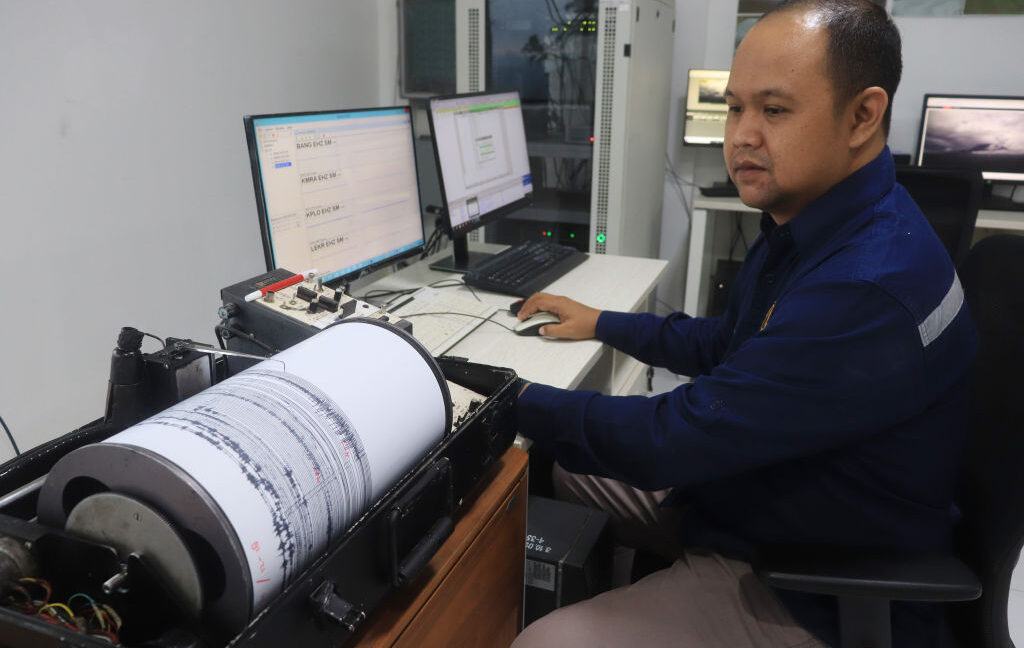- cross-posted to:
- technology@lemmy.world
- android@lemmy.world
- cross-posted to:
- technology@lemmy.world
- android@lemmy.world
If you’re the owner of an Android phone and live in a seismically active region, there’s a chance your phone has popped up an unusual warning. Not one that asks for permission to share personal information, or potential malware, but something far more serious: There’s an earthquake nearby, and you have up to a minute or two to get to a safer location.
Starting in the US in 2020 and expanding internationally since, the system is called Android Earthquake Alert (AEA), and it’s on by default in most Android phones. And today, Google has a paper in Science that describes how the system works, how the company has improved it, and what it has seen during the first few years of operation, including what caused a handful of false alarms.
Shaking things up
Smartphones come with accelerometers, small devices that enable them to sense changes in motion. This is how they manage to do tricks like figuring out how many steps you’re walking. If your phone is sitting quietly on a table, however, the accelerometer shouldn’t be registering much significant motion. But anything from you walking across the room to a truck going by outside can cause vibrations that your phone’s accelerometer can pick up. As can the often less subtle vibrations of earthquakes.
From Ars Technica - All content via this RSS feed


